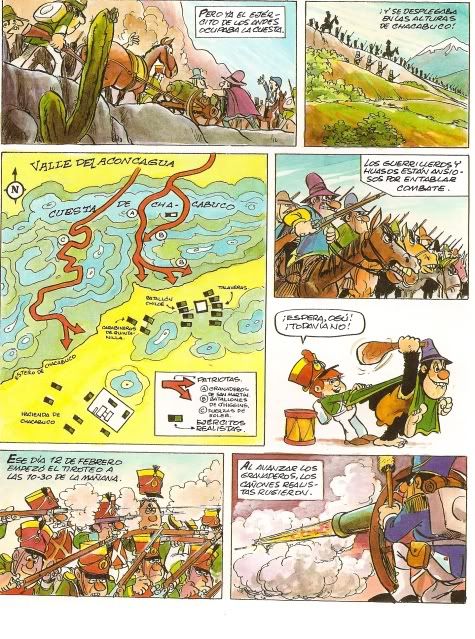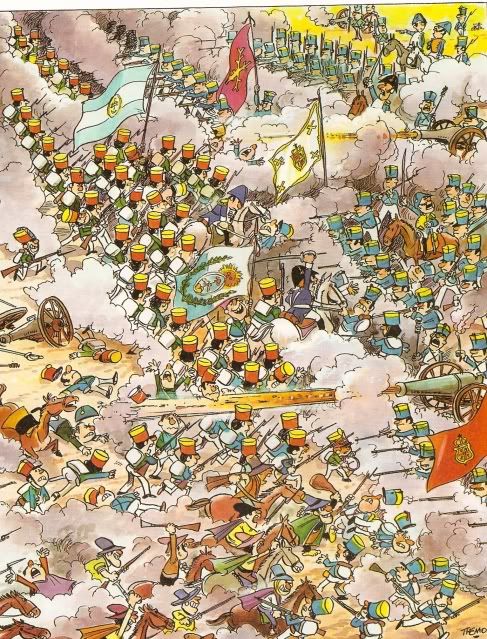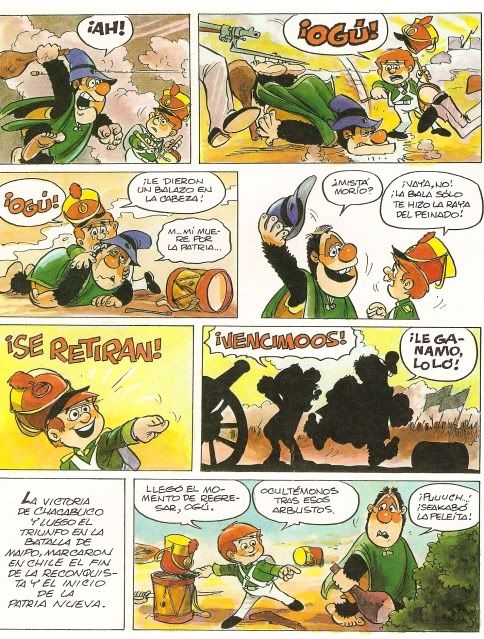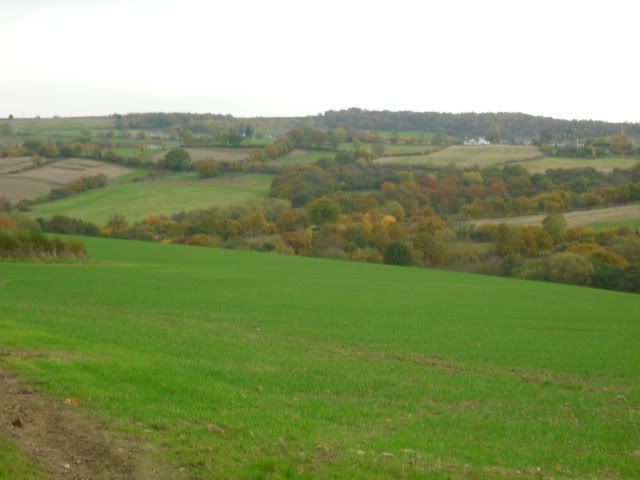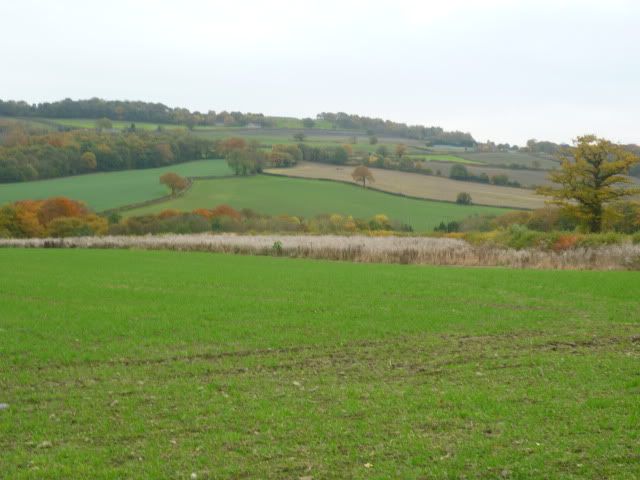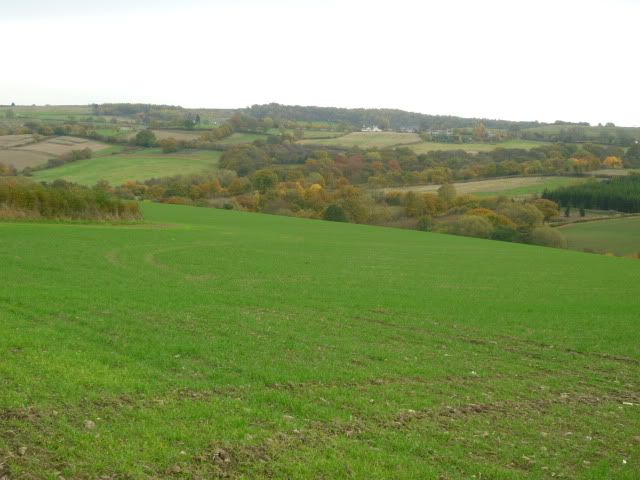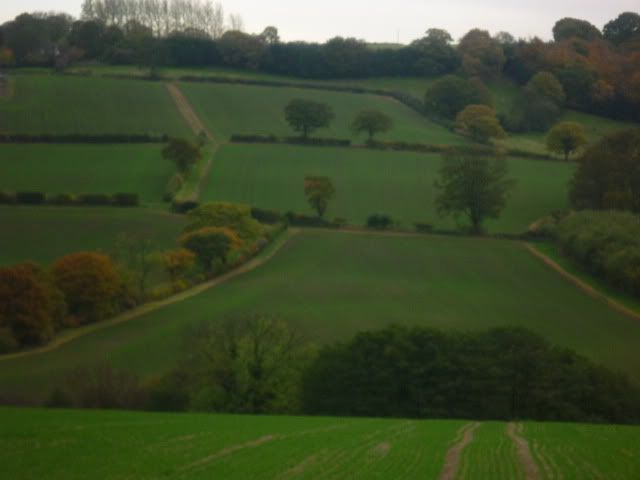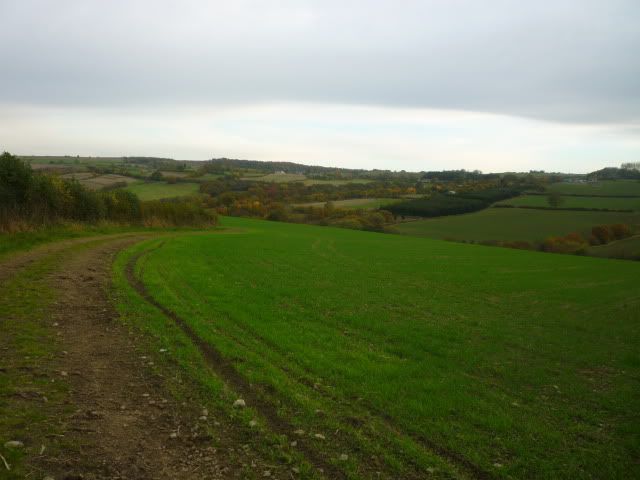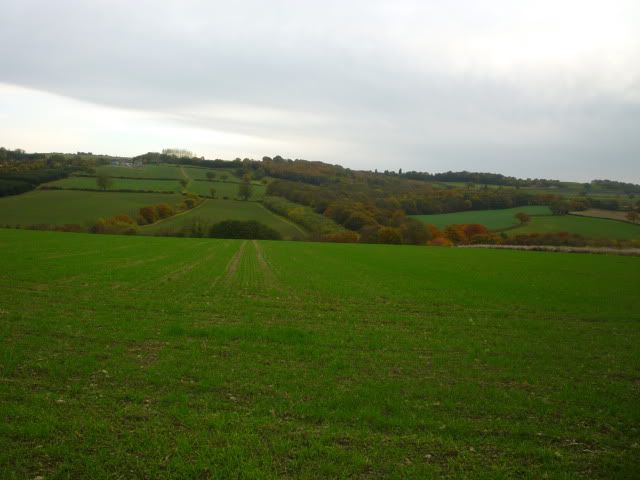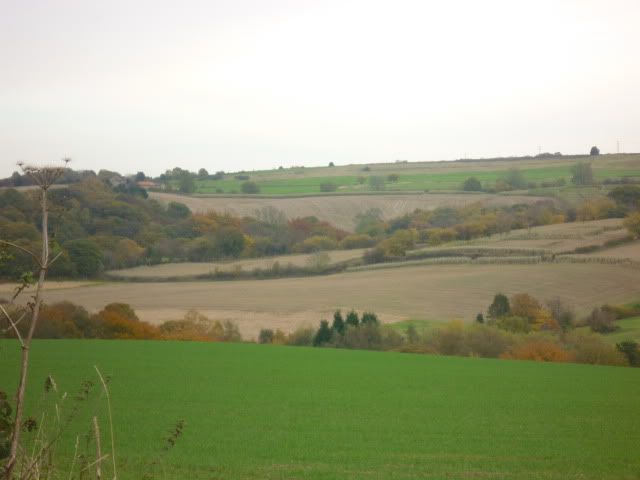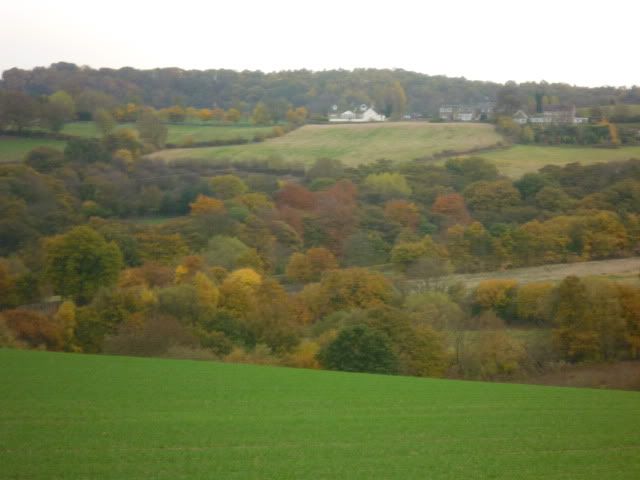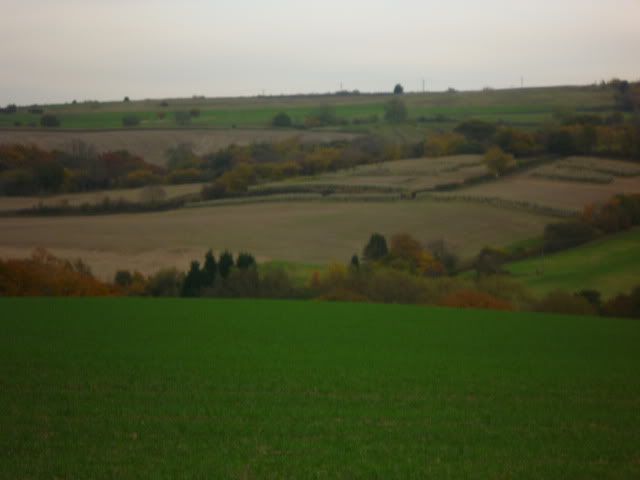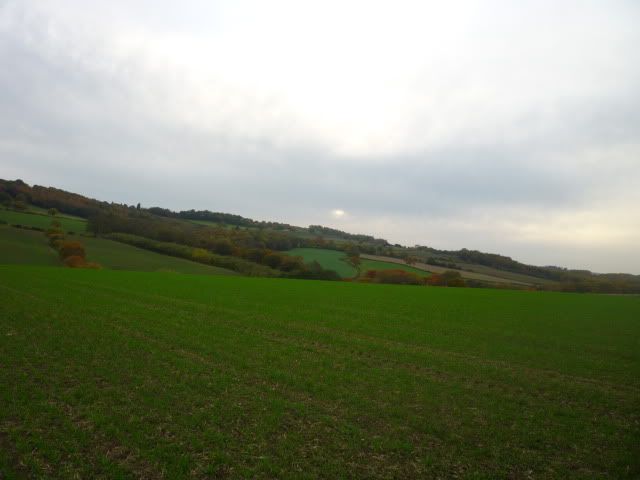Ballard is the British writer of greatest significance to me. He played a dominant role in my episode and was an idol at the time. He is the author whose books are of greatest quantity on my shelf. Now I will go through all the novels of the greatest literary prophet of the 20th century.
-------------
The Drowned World (1962)
Ballard's prescient first novel envisions a 22nd century London inundated and ridden by primeval swamps, decades before 'Global Warming' was a common fact. It is a science fiction novel in the post-apocalyptic genre, although the characters aren't depressed nor negatively affected by their surroundings but enraptured and ravished by them. Ballard plays homage to surrealist painting, with the morass of plantation and trees representing the chaotic world those works envision. There is a scene that is an homage to a stunt Dali pulled off; the character Kerans plunges into the deep water in a water garment, which is what Dali did in the 20th century, claiming that he was "exploring the deepest recesses of the mind". Like these paintings, the surroundings have an effect on the unconscious mind; the characters are addled by dreams of their former ancestors. Indeed, the characters regress to a more primordial mind state and Ballard's setting prompts them to have recurring thoughts of people several centuries their senior. Ballard says that, with the more the world is in tatters, the more primitive and dehumanised we are. The characters are comprised of doctors who are recording data and statistics from the zone. The character, Kerans, instead of returning north to salvation, eventually sets off to the south and into self-annihilation.
The Drought (1964)
The second in Ballard's catastrophe trilogy. This is the The Drowned World in reverse; now the shortage, and the cause of distress for the characters, is water; and, to head to salvation, the central character heads south. This novel features all the hallmarks and quintessential aspects which are associated with Ballard: drained swimming pools, loose lions, quixotic characters, strangely attractive women. An underrated novel but not essential; recommended reading once you've read at least five or six of his other books.
The Crystal World (1966)
Haven't read this one yet.
The Atrocity Exhibition (1969)
A change of tack for Ballard and a book that confirmed him as an avant-garde voice. This is Ballard's attempt at trying to make sense out of a world that has become increasingly psychotic; indeed, the character is a doctor in a mental hospital suffering a mental breakdown. Its validity as a novel is disputable (Ballard called the miniatures a "condensed novels"); it is a collection of disparate miniatures with little or no narrative thread interconnecting them. This fragmentary approach was inspired by William Burroughs, a writer Ballard greatly admired. At the time of its conception, Ballard felt like capturing a transfiguration of reality he felt was undergoing at the time. With the mass media landscape, we live in a world of fiction and, conversely, the 'space inside our own heads' is false. The character's breakdown is ignited by several celebrities and events from the late sixties, from Kennedy's assassination to Marilyn Monroe's suicide. The protagonist name, in addition to other character's, changes in the course of the chapters and this is one of many aspects of the book that confounds and confuses many readers. Ballard didn't recommend reading the book linearly, but to simply read snippets here and there from different parts of the book until some sort of cohesion is formed. Martin Amis noted that it was unusual at the time to have chapters with names of like 'Why I Want to Fuck Ronald Reagan' and 'Princess Margaret's Facelift' but concluded "That would be unusual at any time, perhaps." The current edition comes with footnotes from the author that elucidate any difficulties the reader may encounter.
Crash (1973)
The first in a trilogy of novels where Ballard centres catastrophe, not in a futuristic environmental disaster, but in the heralding of motorways and high-rise apartments. This work lavishly depicts a character (called 'Ballard') who, after crashing into a car and being in a state of shock, becomes aroused and pursues a peculiar form of fetishism in gaining sexual pleasure from car crashes. He finds that he is not alone and soon discovers an underworld of like-minded individuals, all led by the insatiably gruelling Vaughn. Vaughn is also obsessed with a sexual death with celebrity culture and the book culminates with him dying with actress Elizabeth Taylor. Like many Ballard novels, there is a coldness and the characters pursue the most gruesome sexual activities - like penetrating a woman's wound - with little regard to morality and affection. The book caused a minor stir upon publication, but when David Cronenberg chose to adapt the novel to film in 1996 it caused a frisson of scandal of unimagined proportions. Indeed, Ballard was aiming to shock the reader, to make the reader come to the realisation that many people enjoy pain and danger. A psychiatrist's wife read a manuscript of the novel and stated "This author is beyond psychiatric help: do not publish," which Ballard said "Is the greatest compliment one can be paid."
Concrete Island (1974)
A Robinson Crusoe for modern times, an architect crashes into an converging motorway and maroons himself in a small island lying beneath it. He rations food out for himself, finds ways of healing his wounds and, eventually, as you would expect from Ballard, ends up living in his own mind. The character finds two other people in the island: a woman, with whom he fornicates, and a simple-minded tramp. Although he is initially very keen in the idea of escaping the island, he decides against it and stays.
High-Rise (1975)
Although it is not my favourite, I can confidently say that this is Ballard's best novel. Its setting, although the novel takes place in present day, looks to the future: an ultra-modern, state-of-the-art luxury building housing thousands and of people and even has its own supermarket, pool and school. This enables Ballard to deconstruct social codes and do what he does best: present humanity at a slant and depict human degenerance, where people act in a primal state. As soon as the building electricity power fails and many petty worries have been escalating progressively over a few weeks, the inhabitants separate themselves in three distinct groups, attacking one another and eventually resorting to cannibalism. Like his two previous novels, which along with this work form a trilogy, Ballard uses modern advances in technology as a way of putting forth a cautionary warning about humanity. Reading this, it comes as no surprise that Ballard was a literary favourite amongst underground anarchist groups and publications in the late 70s.
The Unlimited Dream Company (1979)
Although this is not his best novel, I can confidently say it is my favourite. Ballard's three previous novels, despite depicting strange occurrences and unravelling a world of perverted sexuality and violence, were firmly rooted in realism. Here he abandons it completely and undertakes a full-frontal assault of surrealism. In naming the protagonist of Crash after himself, Ballard has said in the past that that book was an effort at an 'internal autobiography', but this book bears features and recurring obsessions that make it abundantly clear that this is his 'internal autobiography'. The unsubtly named 'Blake' steals an aircraft (Ballard flew airplanes with the RAF) and crashes it into the thames of Shepperton (the small town Ballard settled in from the late 1950s until his death). The story is narrated in first person by a narrator who is not at all reliable, which suggests that the entire novel could be merely be delusions of a person in a constant psychotic state. Or it could be interpreted that, when he crashes the plane into the thames, he actually dies and that this is his afterlife. Blake has unusual superhuman powers: he can heal sick people, fly and, most notoriously, grow a variety of exotic plantation by spreading his semen around. Once more, Ballard grounds the novel on a common theme whose germination would soon become clear in Empire of the Sun: Blake is incapable of leaving the small suburb and, despite feeling an overwhelming urge to break free, stays. Although his plans are initially malevolent - he wants to absorb all the citizens of Shepperton that will give him power to fly away - he changes after another character, an owner of the zoo who frees vultures out of cages and they are prevailing presence in the novel, shoots him. The wound of the shot enables him to fly away from Shepperton with all its inhabitants and resurrect his deceased and enigmatic lover. Highly recommended reading.
Hello America (1981)
Haven't read this one yet.
Empire of the Sun (1984)
After been published, this novel surpassed the sales of all his other books combined within a few weeks. And after Steven Spielberg made a glossy, though impressive, Hollywood adaptation of it it catapulted Ballard into a fame that had, for the most part, previously evaded him. Ballard was raised in China and after Pearl Harbour and the second world war he was placed in an internment camp. This makes the origin of all the previous novels very clear and all his previous works could be seen as a reconstruction of the experiences described in this powerfully moving novel. The death of a Japanese soldier is described with a deadpan matter-of-fact style and the carnage described relentlessly is searing. Ballard, in essence, has been writing and rewriting these scenes time and time again. Jim moves from one escapade to another, all in the pursuit of going through "the university of life". At once a stunning departure and a recapitulation of all his former themes.
The Day of Creation (1987)
Haven't read this one yet.
Running Wild (1988)
This novella is something new for Ballard: a detective story. The parents of a whole street of middle-class children are murdered and they are missing, presumed to be kidnapped. Again, through this very readable and entertaining story, Ballard poses one of his most recurring themes: are we really as civilised as we think we are? All plotted out very well, with a revealing twist...
The Kindness of Women (1991)
The sequel to Empire of the Sun. We follow Jim into adult life, although now it is narrated in first person. Ballard chronicles his studies as a medical student, flying for the RAF in Canada, the discovery of Science Fiction in the 50s, the premature death of his wife, raising his children and the frantic 1960s where he describes his experiments with LSD. Like Empire, it is not all entirely true and many moments are fictionalised. It starts off in the Lunghua camp, surprisingly, it doesn't follow straight on from the end of Empire. The most poignant moments are from the women he meets and some of his sexual encounters, hence the title.
Rushing to Paradise (1994)
Haven't read this one yet.
Cocaine Nights (1996)
Ballard now writes detective fiction in novel form with Cocaine Nights, the first of a quadrology. Ballard's fiction, it seems, has darkened even more here; the sex scenes here are almost as lurid as those in Crash. The protagonist goes to a British resort in Spain called Estrella del Mar and the character's brother claims the guilt for setting a family's house on fire. Like much crime fiction, there are many twists and turns but they are far more depraved and darker. Riveting stuff, although it lacks a bit of the bite of the earlier work.
Super-Cannes (2000)
Haven't read this one yet.
Millennium People (2003)
Haven't read this one yet.
Kingdom Come (2006)
The opening paragraph is magnificent! The rest... Well, Ballard's strength had never been characterisation or dialogue and I've got no problem with that - I'm woeful with it in my own fiction. The problem is that it is just an entanglement of loose ideas with no interconnecting thread and it becomes quite jarring to read. This was his first most overtly political novel and tackled the topic of consumerism, and Ballard depicts it transforming it into fascism. Interesting ideas and concepts, but it doesn't come together as a novel.
